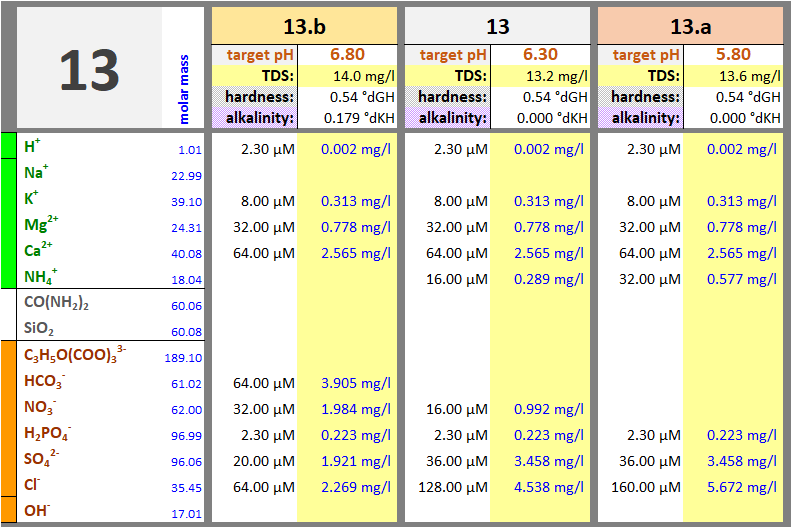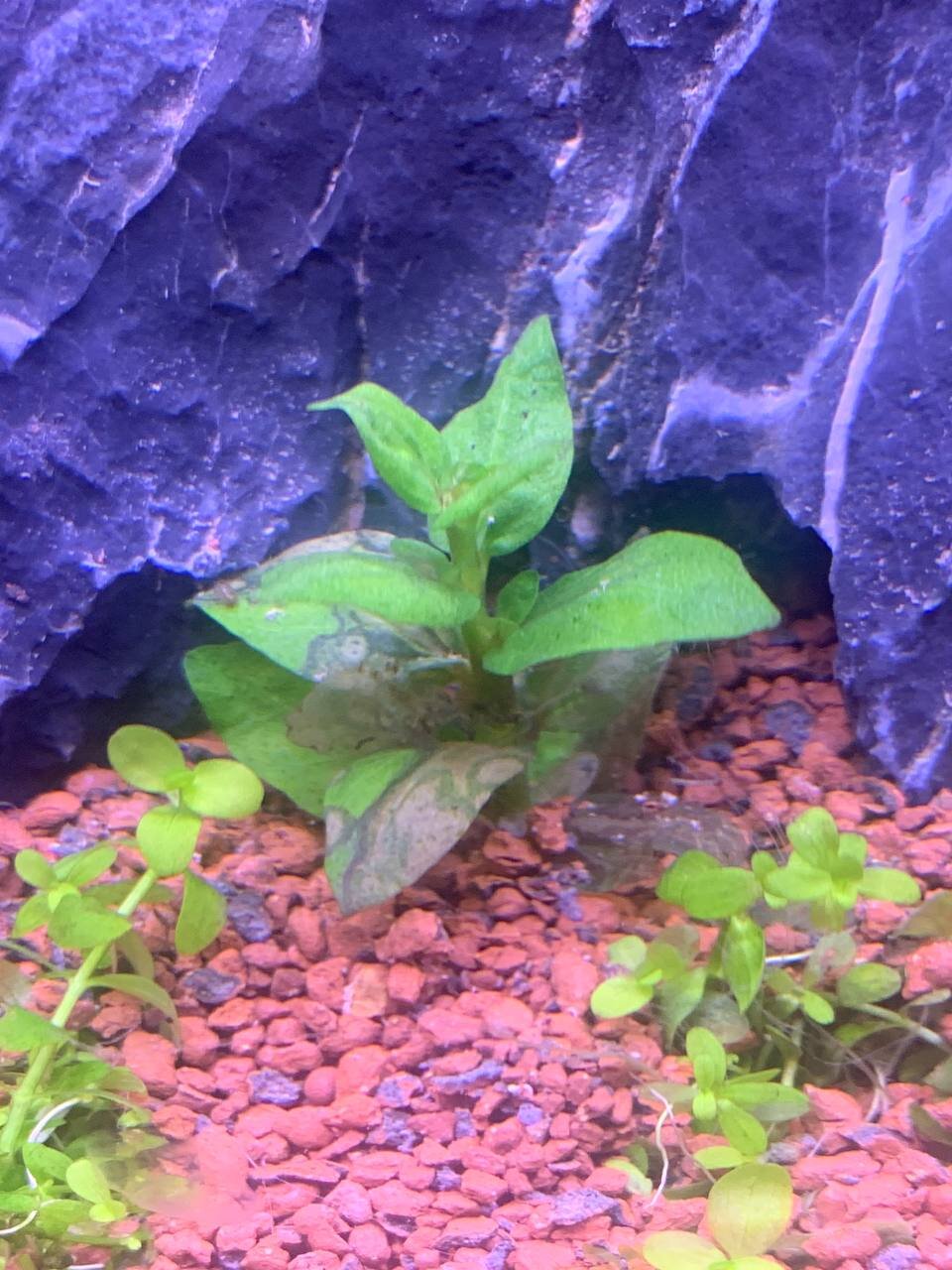use the <"
growth, colour and vigour of a floating plant"> to tell you whether you are adding enough nutrients, and whether <"
those nutrients are plant available">.
I do not dismiss these 'naked eye' diagnostics. Quite the contrary. After all, that what we can see, i.e. growth & health of our plants, is the ultimate judge. If I follow some 'Marschner' rules and plants don't prosper, then it's clear that those rules, while generally useful, do not work well in given circumstances and some other factors need to be considered. Theoretical guidelines are the starting point, very important, but no more than that.
The only drawback of 'observation management' is that it cannot be transferred from one person to another. To put one's experience on paper, we need
numbers.
Or, we we accept nutrient ratios don't really matter when following a lean dosing approach (providing we limit N&P), which, if true, raises another question as to why people bother following ratios.
Let's stick with potassium; after all, it's potassium which is mentioned in the title of this thread.
In nature, metal cations regularly appear in this pattern: Ca > Mg = Na > K. There are exceptions, of course. Par example, in East Africa, sodium dominates and magnesium is often more abundant than calcium. With few exceptions, though, potassium is the least abundant. At the same time, potassium is most required by plants among these four.
How did the plants reflect this situation? They developed specific transporters for potassium, while the other cations are served by non-specific cation transporters. Plants "know" that potassium is in short supply and have adapted. These are generally valid facts on plant physiology.
However, we know that natural vegetation differs depending on habitat conditions, among which absolute and relative abundance of these cations plays a role. Obviously, some species possess competitive advantage in given circumstances. Par example, some species are highly tolerant to East African soil conditions.
What is important to keep in mind is that such specialists do not need to take up more or less potassium. They are only better equipped to withstand this particular nutrient imbalance, but their physiology requires basically the same amounts of Ca, Mg & K, while Na is mostly redundant.
Would it be possible to keep such plants in more "regular", "favourable" soils? In most cases the answer is
positive, with one caveat: they need human care to protect them against competition of other species which are better adapted to these more regular conditions. Par example,
Samolus valerandi inhabits sodic (NaCl) bogs in nature, but not because it needs sodium, but because this species forms poor roots and needs desert space for germination of seeds. With such a weak armory, it can compete only in places not inhabitable for most competitors. Yet as we know,
Samolus can thrive in very soft acidic water devoid of any sodium (personal experience).
In our tanks, we protect our plants from competition. On the other hand, we force species from various regions to live together in artificial conditions, not very similar to any of those in the nature. Is it possible to blend a water which will suit to all of them?
Probably not, but the answer is not clear. Other circumstances - namely good lighting and elevated CO2, and probably others - can help significantly to withstand water with mineral content which differs very much from what given species prefers. Par example, I've learned that I can't keep
Ludwigia glandulosa in pH above 7. Well, my lighting is rather modest and I don't enhance CO2; others who do proved that cultivation of this species in basic water is possible.
CO2 injection makes it all much easier for plants because it's a source of abundant energy. All adaptation is basically a question of energy.
When attempting creating 'universal water', Marschner is indispensable. But you must read the whole of it, not just the table in the first chapter (which is not originally by Marschner, by the way). Then you learn why there should be less potassium than magnesium and calcium in the solution, in spite of the fact that potassium is in highest demand. This is certainly true
both for soft and hard waters.
Now, many hobbyists, namely those using EI method and injecting CO2, overdose potassium almost insanely and still their plants are well. Like I said, CO2 is a source of unlimited energy, and plants need energy, among others,
both for uptake and refusal of nutrients. (There's a term 'futile cycling' for this phenomenon.) CO2 injection is a way to overcome valid rules, and this is why I don't employ it. I want
to know the rules.
The question of hard water ratios cannot be separated from other variables, esp. pH and alkalinity. I'm vastly more experienced in soft waters. With my formulae, I rarely face cases of nutrient deficiencies / imbalances. It seems that well-thought ratios suit almost all species. However, I also face some mysteries. Some undemanding plants - namely
Echinodorus and
Cryptocoryne - do not grow well for me. If nothing worse happens, they remain more or less small. Nothing for an exhibition.
Be assured I've attempted increased dosing, meaning P & N above all. No tangible results. I've observed that (some) crypts grow better, bigger during summer. I don't heat my tanks, possibly they require higher temperatures? Not sure.
Do they need significantly harder - more mineralized - water? Why? They are monocots, calcium is a micronutrient for them! - This question remains open.
But as a whole, my answer is YES, ratios definitely matter, both in soft and hard waters.
(The chart below shows some ratios which I currently employ in some of my tanks.)





